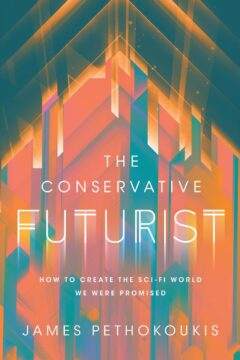Robert Bellafiore in The New Atlantis:
 From John Maynard Keynes’s prediction of a fifteen-hour workweek to Walt Disney’s Tomorrowland to 2001: A Space Odyssey’s interplanetary waltzing, many futurists and crystal-ball seers of the twentieth century assured us that, thanks to the wonders of technology, things were looking up for the human race. And remarkably, they were often justified in their buoyancy: President Kennedy explained in 1962 why we chose to go to the Moon, and seven years later there we were. Surely the 2000s would be a whole century of roaring twenties.
From John Maynard Keynes’s prediction of a fifteen-hour workweek to Walt Disney’s Tomorrowland to 2001: A Space Odyssey’s interplanetary waltzing, many futurists and crystal-ball seers of the twentieth century assured us that, thanks to the wonders of technology, things were looking up for the human race. And remarkably, they were often justified in their buoyancy: President Kennedy explained in 1962 why we chose to go to the Moon, and seven years later there we were. Surely the 2000s would be a whole century of roaring twenties.
Instead, we got … this. A damaged earth, a pandemic, a housing crisis, and a deep sense that we all got played. “There’s no U.S. economy running on clean nuclear fusion or superdeep geothermal energy,” James Pethokoukis bemoans, “no universal antivirus vaccine, no driverless flying electric taxis, no suborbital hypersonic flights from New York to Paris, no booming space economy.” What gives?
In The Conservative Futurist: How to Create the Sci-Fi World We Were Promised, Pethokoukis, a policy analyst at the American Enterprise Institute, sets out to explain what happened, and how we can return to the future as it used to be.
More here.
